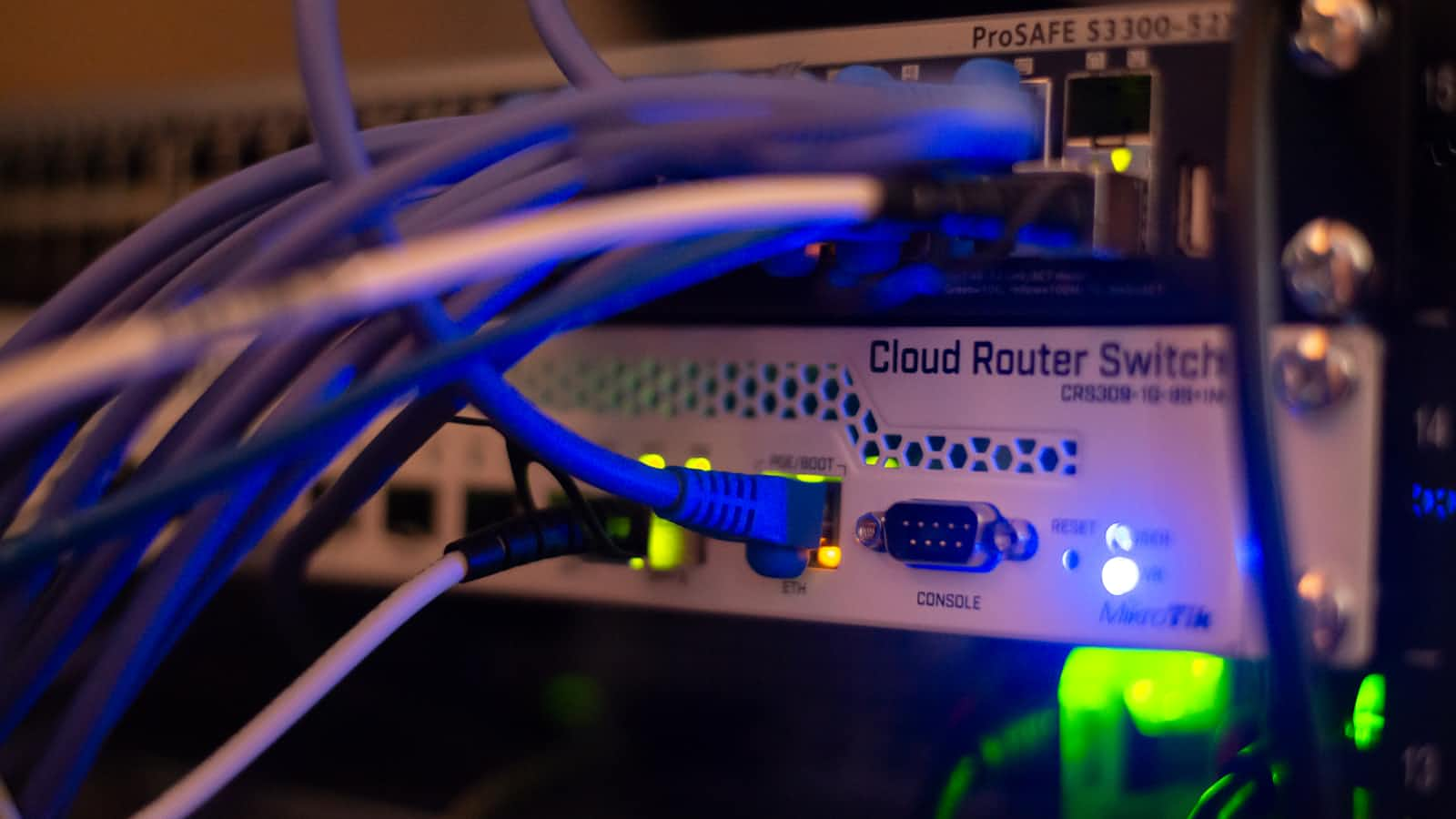🕹️Back to Basics | Why Network Management Starts with Ethernet & Cabling📟
 Ronald Bartels
Ronald Bartels
In an era dominated by firewall UIs, SD-WAN visualization dashboards, and cloud-based networking, it’s easy to forget the fundamental building blocks of a network. Many IT professionals today spend more time inside a web interface than they do physically managing and troubleshooting the actual infrastructure. While automation and abstraction are powerful tools, they should never replace a solid foundation in networking basics—and that starts with Ethernet and cabling.
Yet, network management at the physical layer has been neglected. The focus has shifted toward high-level services, and as a result, simple failures are often overlooked. The consequences? Companies spend millions—sometimes billions—on unnecessary upstream changes, when the problem was nothing more than a faulty cable worth a few dollars.
The Shift Away from Fundamental Network Management
Network troubleshooting used to follow a structured approach:
Check the physical layer – Look for link lights, check cables, and test interfaces.
Check for errors – Use SNMP polling to detect CRC errors, run cable diagnostics, and verify duplex mismatches.
Move up the stack – If the physical layer is clean, move on to routing, firewall rules, and application issues.
Today, this methodology has eroded. Many engineers now skip the first step entirely, jumping straight to blaming the upstream provider, SD-WAN, or cloud applications. When basic troubleshooting is ignored, the result is wasted time, unnecessary complexity, and financial losses.
The Death of SNMP Pollers & Error Detection
One of the biggest losses in modern network management is the disappearance of SNMP-based error polling.
CRC errors, interface drops, and flapping ports used to be closely monitored.
Engineers used to react when error rates spiked, knowing that packet loss starts at the physical layer.
Now, these tools have been abandoned—replaced by high-level monitoring dashboards that do not detect low-level faults.
Without SNMP-based monitoring, the first signs of an issue (like an increasing error rate on a specific link) go unnoticed. Instead, by the time the problem is detected, it's often misattributed to “poor upstream performance”, leading to expensive and unnecessary changes.
When a $5 Cable Causes a Multi-Million-Dollar Crisis
Real-world example: A large enterprise was experiencing intermittent packet loss and degraded performance across a major data center link. Engineers blamed the service provider, application performance, and even load balancing configurations.
The company:
Spent millions upgrading their upstream connectivity.
Implemented SD-WAN with dynamic path steering, assuming congestion was the issue.
Engaged network consultants and vendors, searching for a software-based fix.
After months of frustration, an old-school network engineer checked the physical connections. A single faulty Ethernet cable—costing less than $5—was introducing packet corruption due to CRC errors. Replacing the cable instantly resolved the issue, yet the company had already wasted millions on unnecessary upgrades.
This is not an isolated incident. These failures repeat across industries, simply because the basics are ignored.
The Basics Are Not Optional—They’re Essential
To avoid unnecessary costs and wasted time, companies must return to the fundamentals of network management.
1. Bring Back Physical Layer Monitoring
Deploy SNMP polling to detect interface errors, CRC issues, and port flapping.
Automate alerts for rising error rates—before they impact performance.
Use built-in switch diagnostics (e.g.,
show interfaces counterson Cisco,ethtool -Son Linux) to detect problems early.
2. Teach Network Engineers to Start at Layer 1
Before blaming SD-WAN, firewalls, or the cloud, check the cables.
Conduct regular inspections of patch panels and structured cabling—loose or poorly terminated cables can degrade performance.
Use cable testers before installing any new link.
3. Don’t Blindly Trust Software to Solve Hardware Issues
SD-WAN is not a magic fix—it optimizes the last mile, but it cannot repair a faulty cable.
Firewalls and cloud monitoring tools do not check physical interfaces.
A basic cable failure can cripple even the most sophisticated network.
Wrapping up with Final Thoughts | The Cost of Ignoring the Basics
Network engineers today are obsessed with high-level abstraction but blind to low-level faults. The industry has shifted so far away from fundamental troubleshooting that a simple cabling issue can cause a company to spend millions on unnecessary network changes.
The message is simple:
Before replacing your upstream provider, upgrading your SD-WAN, or investing in a new firewall—check your cables.
If companies get back to basics, they will save millions and avoid wasting time on phantom problems. Network reliability starts with Ethernet, and if you neglect it, no amount of software will save you.
Subscribe to my newsletter
Read articles from Ronald Bartels directly inside your inbox. Subscribe to the newsletter, and don't miss out.
Written by

Ronald Bartels
Ronald Bartels
Driving SD-WAN Adoption in South Africa